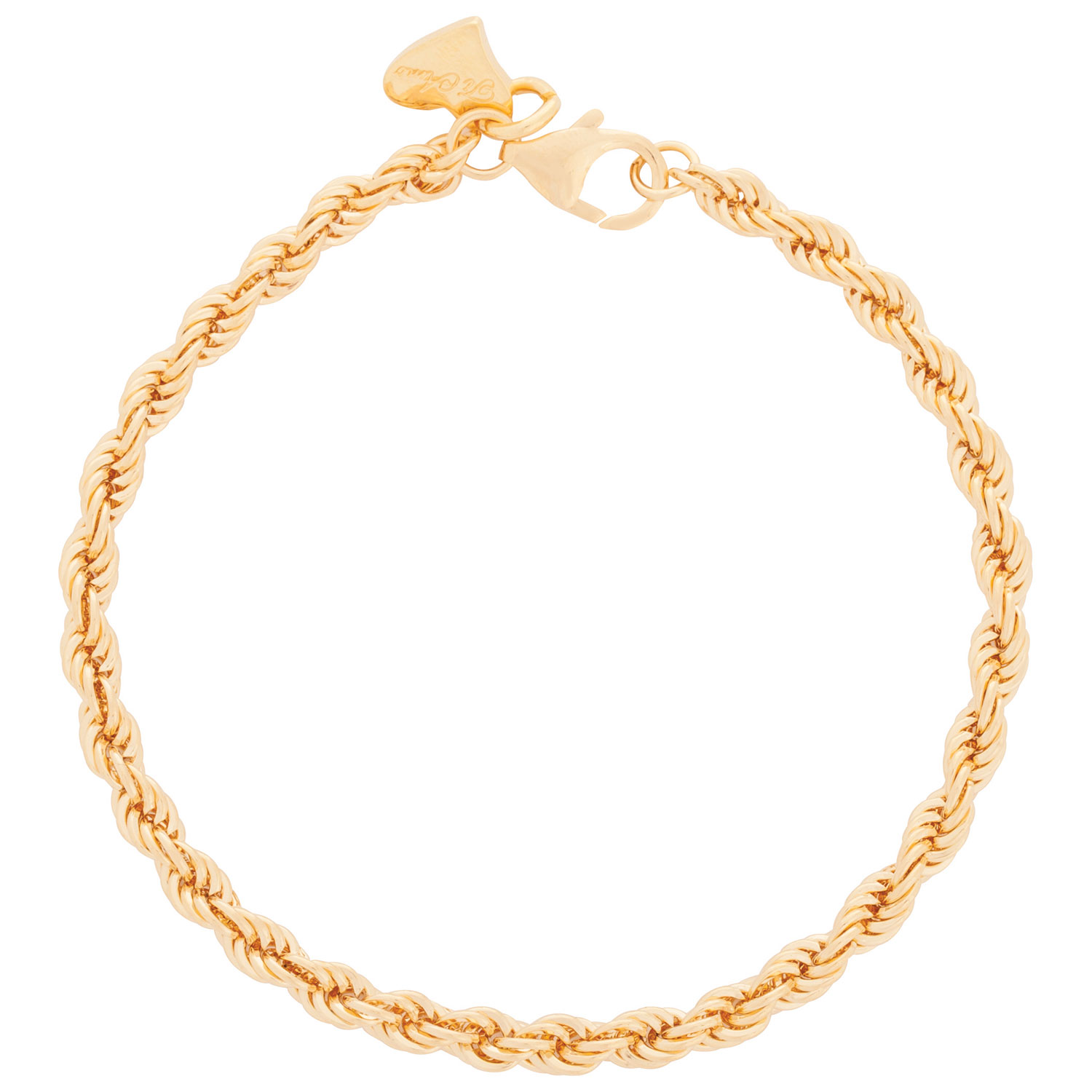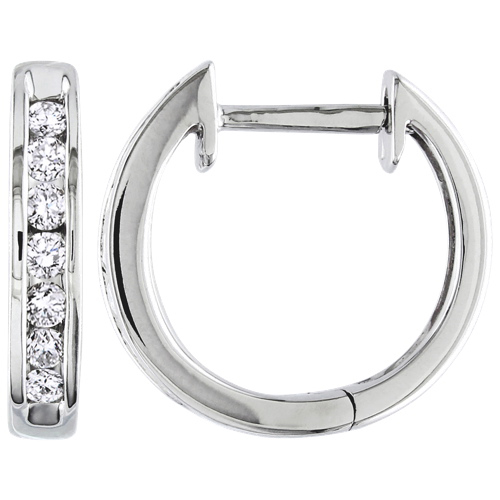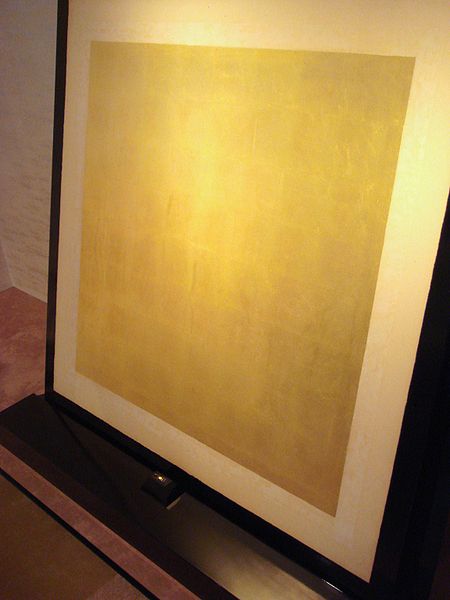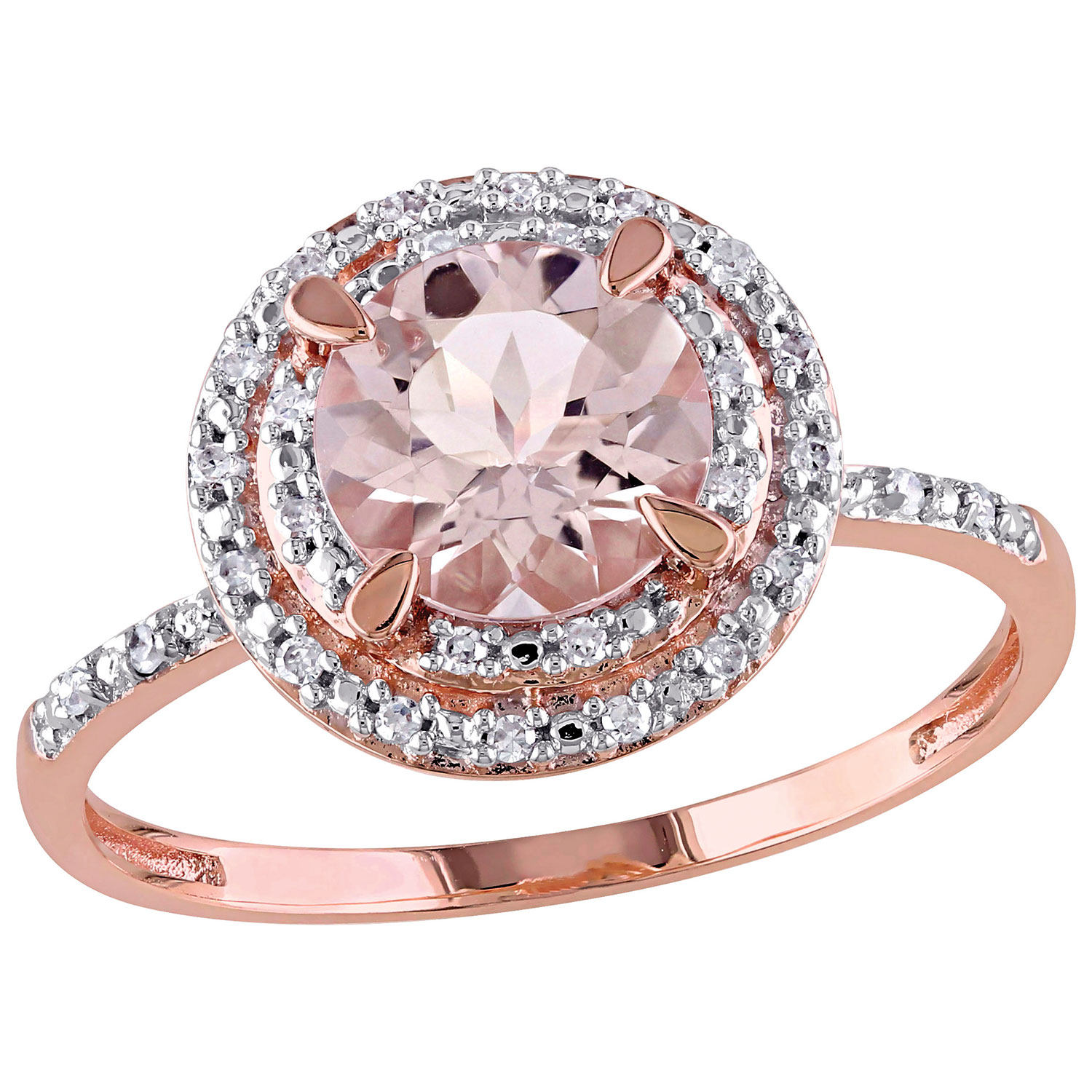
Gold jewelry is one of those things that seems to have existed forever. It’s been used in jewelry as far back as 4000 B.C. Historians often suggest that its use in jewelry originated in either Eastern Europe or Iraq, but it remains incredibly prevalent today. This is partially due to its cultural value, but also comes from its composition. Gold is an immensely flexible, durable metal that does very well being melted down and re-forged. Gold can be rolled out so thin that NASA uses layers of gold as filters on astronauts’ helmets!
What carats tell you about gold jewelry
One of the first things that I learned about gold was that its colour and texture tend to vary based on its origin. Its carat (signified by a “k”) tells you how much gold is actually in the product. A higher carat means that there is more pure gold in a piece of jewelry. Pure gold is denoted as 24k and is soft and easily scratched. Blended gold may change colours with its blended metals, but will be much more durable.
 Gold carat weight varies from 8k to 24k, but most pieces will likely sit in the 10-14k range for an easy-to-care-for blend of strength and colour. The minimum amount of gold in an item varies by country, so you’ll see variations throughout the world. In places like the US, the minimum is 10k; in countries like Greece, it’s only 8k.
Gold carat weight varies from 8k to 24k, but most pieces will likely sit in the 10-14k range for an easy-to-care-for blend of strength and colour. The minimum amount of gold in an item varies by country, so you’ll see variations throughout the world. In places like the US, the minimum is 10k; in countries like Greece, it’s only 8k.
The addition of copper, silver, and other base metals is what allows for variation in colour and carat weight. Buttery yellow gold (like the gold that you’ll classically see coming out of countries like India) is quite pure — as high as 22k in a standard piece. It contains a small amount of copper to enrich its colour. Rose gold contains significantly more copper, often in a 14k or 18k gold blend. Antique Russian jewelry is known for containing 25% copper, which many attribute the popularity of rose gold jewelry to. White gold jewelry is sometimes sold as being more “pure,” but that’s often untrue. An equal carat weight gives it the same amount of gold as a yellow or rose gold piece, but it’ll be blended with metals like zinc or platinum to maintain its colour.
Even without getting into the history of gold, it’s easy to see how interwoven it is with many of our cultural icons. It’s mentioned in both the New Testament and the Book of Revelation, and it’s part of our fairy tales and classic movies. Because of old alchemical studies, humanity’s obsession with gold is closely tied to the creation of modern chemistry.
The origins of gold jewelry
Gold was first discovered as little lopsided yellow nuggets in streams all around the world. But that also explains why gold was lauded by almost every single culture worldwide: it existed, shiny and just-rare-enough, on every populated continent. (A select few indigenous cultures discovered gold, realized that it was too soft to really be helpful, and moved right along.)
 Without the ability to smelt metals, ancient civilizations gravitated toward pure gold for its malleability and permanence. Pure gold will neither corrode nor tarnish, making it perfect for ornamenting a throne room or crafting into jewelry. (Or, as in the “Gold of Troy” treasure hoard from around 2600 B.C., for crafting into a heavy gold gravy boat just because they could.) Today, you’re more likely to find gold in a fine chain or surrounding a precious stone.
Without the ability to smelt metals, ancient civilizations gravitated toward pure gold for its malleability and permanence. Pure gold will neither corrode nor tarnish, making it perfect for ornamenting a throne room or crafting into jewelry. (Or, as in the “Gold of Troy” treasure hoard from around 2600 B.C., for crafting into a heavy gold gravy boat just because they could.) Today, you’re more likely to find gold in a fine chain or surrounding a precious stone.
With its universal appeal, gold was civilization’s currency before paper money existed. It was traded for a value based on its rarity, and over time, it began to acquire a value separate from itself: in 700 B.C., Lydian merchants produced gold coins to represent a market-based value.
Gold bars were integral to the modern economy until the creation of the debt-based economy (in fact, many nations required banks to hold a value of gold in their safes that was equal to the amount of money they had on the books), but today, we tend to trade in gold on a more personal level. Gold is an “I love you” that occurs in equally high quality in many colours.
Fun facts about gold

Pure elemental gold has more benefits that simply not tarnishing. It’s non-toxic and non-irritating when used internally, giving it a number of medical and culinary uses. But gold blends can be toxic to the body: for instance, gold salts like gold chloride or gold arsenic can lead to liver or kidney failure.
About 165 000 tonnes of gold have been mined from the earth so far, which (if all melted down first) would create a solid chunk of gold about 20 metres cubed. Its monetary value fluctuates with inflation, but you’d be looking at a cost of $8-10 trillion USD. Most of this gold comes from the Witwatersrand Gold Rush or from South Africa, and its biggest consumers are India and China. (Canada doesn’t even place in the top 10, with our tiny population and sprawling cities.)
What to look for in gold jewelry
When you’re looking for gold jewelry, don’t just look at the carats. Instead, look for a colour and style that appeals to you. Different carat values can be found in all different colours.
 Yellow gold jewelry typically contains gold, copper, and silver, while white gold gets its colour from a lack of copper. (Both may small amounts of zinc or palladium at higher carat levels, for durability). Rose gold also contains gold, copper, and silver, but it contains copper at much higher levels. Because gold has the ability to be so thin, it’s also used as a finishing layer in demi-fine jewelry.
Yellow gold jewelry typically contains gold, copper, and silver, while white gold gets its colour from a lack of copper. (Both may small amounts of zinc or palladium at higher carat levels, for durability). Rose gold also contains gold, copper, and silver, but it contains copper at much higher levels. Because gold has the ability to be so thin, it’s also used as a finishing layer in demi-fine jewelry.
Look for gold pieces in yellow gold, rose gold, or white gold. On a budget, opt for items with a gold coating, like the gold-on-bronze bracelet shown at the top of this post. Gold-plated items can’t be resized, but they tend to be significantly more affordable and are great for fashion jewelry. The gold coating will slowly wear off, so make sure to remove any gold-finished rings or items before washing your hands or putting on lotions.
There will be variations in tone for rose gold or yellow gold jewelry, so pick pieces with colour-coordinating stones. Pink morganite looks fantastic against rose gold, while white gold will really help a diamond sparkle. (As diamonds have become more popular, so too has the prevalence of white gold.) Yellow gold is great for warm-toned stones, like rubies or garnets, but the colour can “bleed” through a stone. Double check the setting of yellow gold engagement bands to make sure the band doesn’t take away from the colour or clarity of the diamond!
Above all, choose a classic style that fits the way you or your loved one dresses. Opt for a lower carat weight if you’re worried about nicks or scratches, and make sure to get your jewelry cleaned frequently to help it last a lifetime.
Shop jewelry in gold (and other metals) online at Best Buy.






































